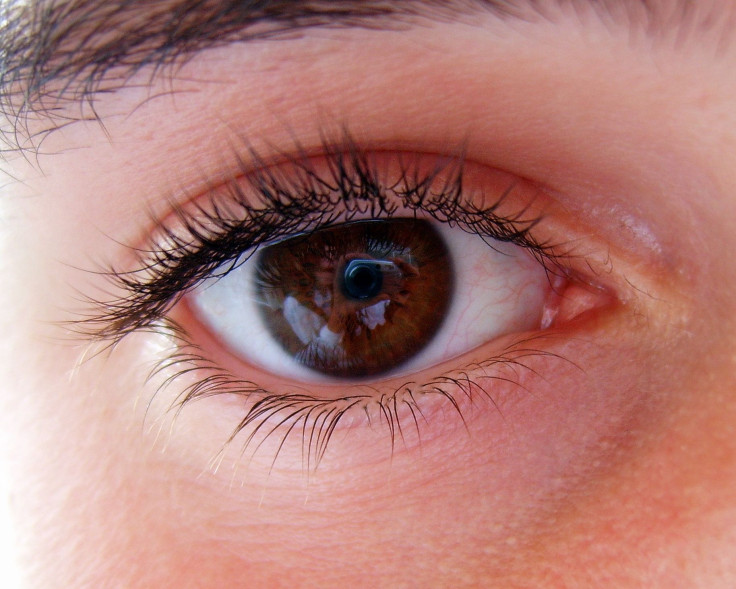Dry Eye Syndrome Linked To Big City Air Pollution

Life in major American cities brings a polyglot mixture of blessings and benefits, but also some curses and costs--at least with regard to health. Residents of Chicago and New York City are three to four times as likely to receive diagnoses for dry eye syndrome compared to other areas of the country with less air pollution.
The condition, a deficiency in tear production, affects as many as 4 million Americans ages 50 and older, with symptoms affecting physical and mental functioning, including the interruption of activities important to modern functioning: reading printed materials as well as on-screen material. Although scientists had suspected a connection to air pollution, the study represents the first large-scale effort to determine a root cause.
Analyzing data collected by the U.S. Department of Veterans Affairs (VA), the National Climatic Data Center, and NASA, investigators eyed health records from more than 600,000 veterans of the U.S. Armed Services who’d received treatment for the condition at a VA eye clinic from July 2006 to July 2011.
Presenting their findings Saturday to the American Academy of Ophthalmology in New Orleans, Anat Galor, of the Miami Veterans Affairs Medical Center, said researchers found higher levels of air pollution in major cities, as well as a significantly higher prevalence of dry eye syndrome.
"Undoubtedly, many people living in arid and polluted cities would readily attest to the irritating effect air pollution has on dry eye," Galor said in a statement. "Our research suggests that simple actions, such as maintaining the appropriate humidity indoors and using a high-quality air filter, should be considered as part of the overall management of patients suffering from dry eye syndrome."
Symptoms of the potentially painful and disruptive condition range from stinging or burning to excessive tearing and discomfort wearing contact lenses. Responding to the irritation, the eye often tears excessively to compensate for lost moisture, inhibiting the ability to read, or use a computer for extended periods of time.
Additional findings included a 13 percent higher prevalence of the condition in areas higher in elevation. But when discounting air pollution and other weather conditions, higher humidity and wind speeds were associated with a lower risk of developing dry eye condition, researchers found. Therefore, ophthalmologists evaluating patients for the condition should inquire about environmental histories--a stint as a forest ranger in the Rockies, an artsy phase in Brooklyn’s Red Hook neighborhood, a condo in the Windy City.
Aside from Chicago and New York City, major cities such as Miami and Los Angeles also recorded high levels of air pollution as well as higher than average prevalences of the condition. In big cities, as many as 17-21 percent of the populations in major cities may suffer the condition.



























